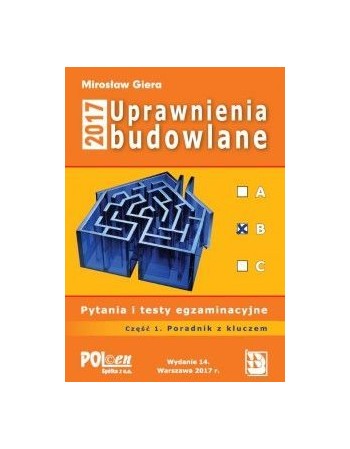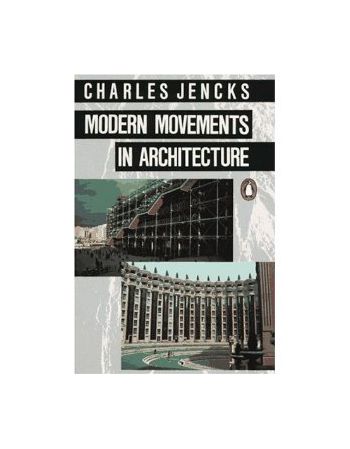UPRAWNIENIA BUDOWLANE...
Najlepsze źródło informacji niezbędnej do dobrego przygotowania się do egzaminu na uprawnienia budowlane dla wszystkich specjalności bez ograniczeń. Najlepsza książka dla specjalności: architektonicznej bez ograniczeń konstrukcyjno-budowlanej inżynieryjnej: a) mostowej b) drogowej c) kolejowej d) hydrotechnicznej e) wyburzeniowej instalacyjnej a) telekomunikacyjnej b) energetycznej (cieplnej, wentylacyjnej, gazowej i wod-kan.) c) elektrycznej i energetycznej Część 1. PORADNIK składa się z: przedmowy, gdzie omówiono wymagania, jakie należy spełnić, aby móc uzyskać uprawnienia budowlane w danej specjalności zarówno bez ograniczeń, jaki i w ograniczonym zakresie (wymagania co do wykształcenia i odbytej praktyki na budowie lub przy sporządzaniu projektów budowlanych);




